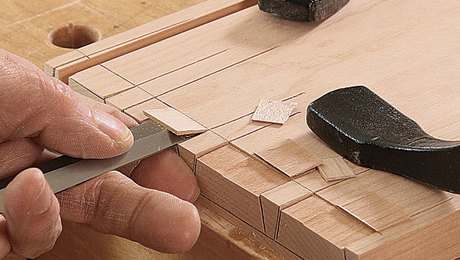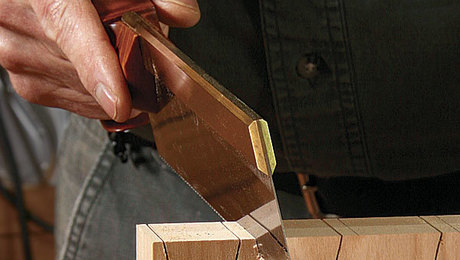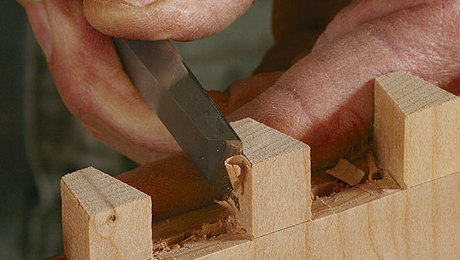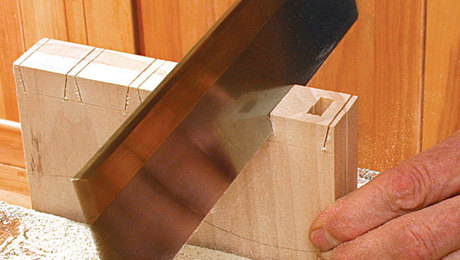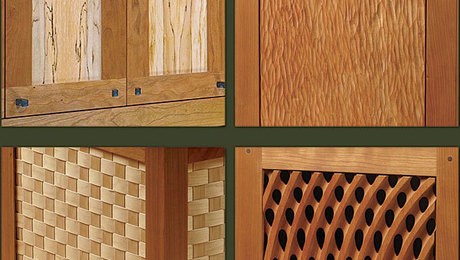Fri, 21 June 2019
Dovetailing episodes from Chris Gochnour's Enfiled Cupboard Video Workshop:
Video: Chris Becksvoort–The Dovetail Master Question 1: Question 2: Question 3:
Segment: All-Time Favorite Technique
Question 4: Question 5: Question 6:
Recommendations: Barry - Get a camelback for hiking Ben - Yeti 18-oz. Rambler Bottle with MagDock Cap |
||||||||||||||||||||
Fri, 7 June 2019
If you are interested in learning more about how you can support Old Sturbridge Village’s cabinet shop, contact their development office at development@osv.org for more information. Question 1: From Joseph:
Question 2: From Nick:
Segment: All-Time Favorite Technique
Ben: Drawing an extra line when sawing on the left side of your layout line Question 3: From Jim: Recommendations: Ben - Sharpen your marking gauge, because you know it's dull Every two weeks, a team of Fine Woodworking staffers answers questions from readers on Shop Talk Live, Fine Woodworking‘s biweekly podcast. Send your woodworking questions to shoptalk@taunton.com for consideration in the regular broadcast! Our continued existence relies upon listener support. So if you enjoy the show, be sure to leave us a five-star rating and maybe even a nice comment on our iTunes page. |
||||||||||||||||||||
Shop Talk Live - Fine Woodworking

Categories
generalArchives
AprilMarch
February
January
December
November
October
September
August
July
June
May
April
March
February
January
December
November
October
September
August
July
June
May
April
March
February
January
December
November
October
September
August
July
June
May
April
March
February
January
December
November
October
September
August
July
June
May
April
March
February
January
December
November
October
September
August
July
June
May
April
March
February
January
December
November
October
September
August
July
June
May
April
March
February
January
December
November
October
September
August
July
June
May
April
March
February
January
December
November
October
September
August
July
June
May
April
March
February
January
December
November
October
September
August
July
June
May
April
March
February
January
December
November
October
September
August
July
June
May
April
March
February
January
December
November
October
September
August
July
June
May
April
March
February
January
December
November
October
September
August
July
June
May
April
March
| S | M | T | W | T | F | S |
|---|---|---|---|---|---|---|
| 1 | ||||||
| 2 | 3 | 4 | 5 | 6 | 7 | 8 |
| 9 | 10 | 11 | 12 | 13 | 14 | 15 |
| 16 | 17 | 18 | 19 | 20 | 21 | 22 |
| 23 | 24 | 25 | 26 | 27 | 28 | 29 |
| 30 | ||||||
Syndication




